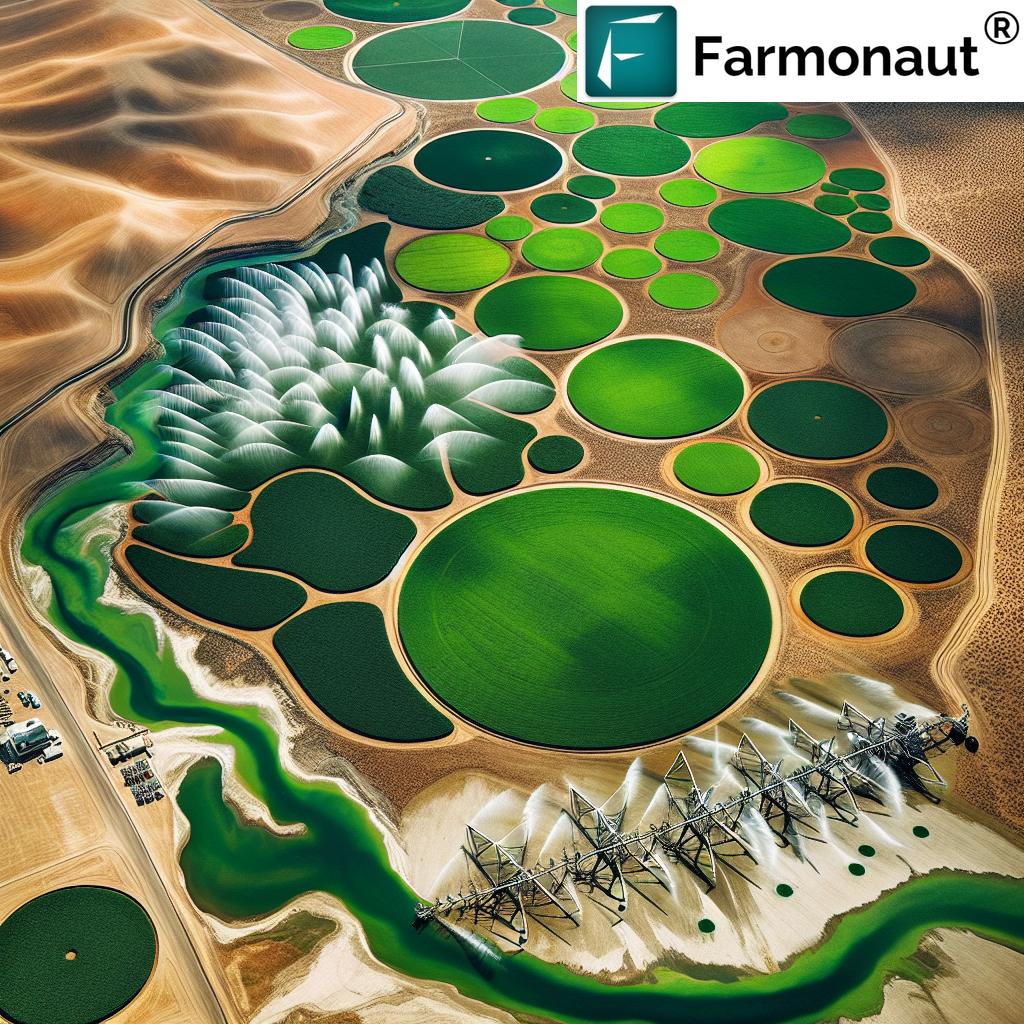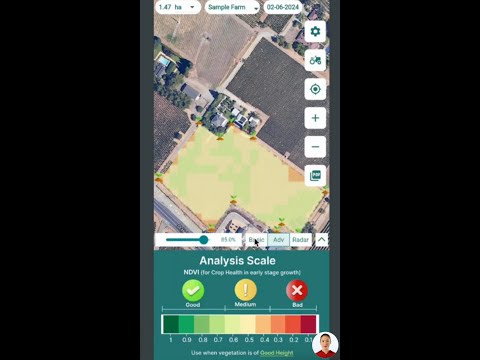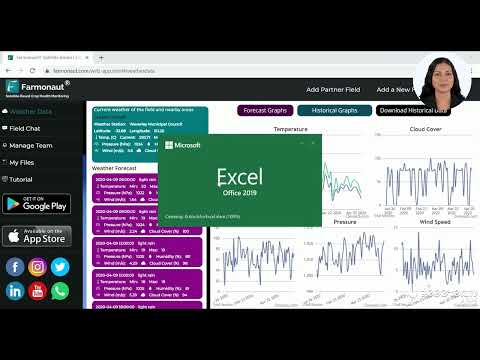Washington’s Drought Crisis: How Climate Change Threatens Agricultural Water Supply and Crop Yields
“Washington’s 2015 drought caused significant revenue losses across various crops and regions.”
“Global wheat stocks are projected to be at their lowest in six years, impacting Washington farmers.”

As we delve into the pressing issue of Washington’s drought crisis, it’s crucial to understand the complex interplay between climate change, agricultural water supply, and crop yields. Our state faces significant challenges that require immediate attention and innovative solutions. In this comprehensive analysis, we’ll explore the current situation, its implications for farmers and water users, and potential strategies to mitigate the impact of drought on our agricultural sector.
The Current Drought Situation in Washington
The state of Washington is grappling with another potential drought year, as reported by the Department of Ecology and the Department of Agriculture. The autumn of 2024 saw little rainfall, and the winter brought minimal snowpack, raising concerns about water availability for the coming agricultural season. A statewide declared drought is set to continue at least into April 2025, affecting both personal and agricultural water usage.
The Office of the Washington State Climatologist has provided a summary of water supply and climate conditions, and the outlook is less than optimistic. December temperatures were significantly above normal across Washington, and while the month was wetter than usual, the critical factor for water supply is snowpack melt during dry months.
- Reduced snowpack leads to less runoff for rivers and lakes
- High temperatures cause winter precipitation to fall as rain rather than snow
- The Central Cascades and Yakima Basin continue to experience D1 drought conditions
- Abnormally dry status is spreading across the westside, Olympics, and parts of northeast and southeast Washington
These conditions are reminiscent of the devastating drought of 2015, which caused estimated total gross revenue losses between $633 million and $773 million across various crops and regions in Washington.
Climate Change Effects on Agriculture in the Pacific Northwest
The impact of climate change on agriculture in the Pacific Northwest, particularly in Washington, is becoming increasingly evident. As temperatures rise and precipitation patterns shift, farmers face new challenges in managing their crops and water resources.
Key climate change effects on agriculture include:
- Altered growing seasons
- Increased frequency and severity of droughts
- Changes in pest and disease pressures
- Reduced winter snowpack, affecting water availability
- More intense rainfall events, leading to soil erosion
These changes have a direct impact on crop yields, particularly for water-intensive crops like wheat, which is a major agricultural product in Washington. The International Grains Commission predicts that global wheat ending stocks will be at their lowest in six years by the end of 2024-25, with U.S. Softwhite Wheat, the primary wheat crop of the Pacific Northwest, expected to see a 10.5% decrease in total ending stocks.
Winter Snowpack Impact on Water Resources
The winter snowpack plays a crucial role in Washington’s water supply system. As climate change alters precipitation patterns, we’re seeing a shift from snow to rain during winter months. This change has significant implications for water availability throughout the year.
- Snowpack acts as a natural water storage system
- Gradual snowmelt feeds rivers and lakes during dry summer months
- Reduced snowpack leads to earlier spring runoff and lower summer stream flows
- Impacts hydropower generation and irrigation water availability
The agriculture department has emphasized the devastation caused by high temperatures that result in winter precipitation falling as rain rather than snow. This scenario mirrors the conditions of 2015 when reduced snowpack led to less runoff to feed rivers and lakes, causing hardship to many water users throughout the state, including agricultural producers.
Explore how Farmonaut can help you monitor water resources and optimize irrigation:
Agricultural Water Supply Challenges
The ongoing drought conditions in Washington state pose significant challenges to agricultural water supply. Farmers and water managers must navigate a complex landscape of reduced water availability, increased demand, and changing climate patterns.
- Reduced surface water availability from rivers and streams
- Increased reliance on groundwater, leading to aquifer depletion
- Competition for water resources between agriculture, urban areas, and ecosystem needs
- Rising water prices across counties, influenced by drought and inflation
These challenges require innovative approaches to water management and conservation in agriculture. Farmers are increasingly turning to technology and data-driven solutions to optimize their water use and maintain crop yields in the face of drought.
Water Conservation in Agriculture: Strategies and Technologies
As water scarcity becomes a pressing issue, water conservation in agriculture is increasingly vital. Farmers across Washington are adopting various strategies and technologies to maximize water efficiency and maintain productivity.
- Precision irrigation systems
- Drought-resistant crop varieties
- Soil moisture monitoring
- Conservation tillage practices
- Water-efficient irrigation scheduling
One promising approach is the use of satellite-based farm management solutions, such as those offered by Farmonaut. These technologies provide real-time crop health monitoring, AI-based advisory systems, and resource management tools that can significantly improve water use efficiency.
Discover how Farmonaut’s satellite-based solutions can help you conserve water and improve crop yields:
Drought Impact on Crop Yields
The ongoing drought conditions in Washington have a direct and significant impact on crop yields across various agricultural sectors. Wheat production, in particular, is facing challenges due to water scarcity and changing climate patterns.
- Reduced soil moisture affects seed germination and early crop development
- Water stress during critical growth stages can lead to lower grain quality and quantity
- Increased susceptibility to pests and diseases due to plant stress
- Potential for crop failure in severely affected areas
The U.S. is forecast to harvest fewer wheat acres in 2025 compared to 2024, reflecting the challenges faced by farmers in the region. While global wheat prices may not see dramatic shifts for consumers unless there are significant changes in the world balance sheet, local farmers may face reduced income due to lower yields and increased production costs.
Washington State Water Management: Policies and Initiatives
In response to the ongoing drought crisis, Washington state has implemented various policies and initiatives to manage water resources more effectively. These efforts aim to balance the needs of agriculture, urban areas, and ecosystems while promoting sustainable water use practices.
- Statewide drought declarations to mobilize resources and support
- Water banking programs to facilitate water rights transfers
- Investments in water infrastructure improvements
- Promotion of water-efficient technologies in agriculture
- Collaboration with tribal nations on water resource management
The Department of Ecology plays a crucial role in overseeing these initiatives and ensuring that water resources are managed sustainably for the benefit of all users. However, the challenges posed by climate change and increasing water demand require ongoing adaptation and innovation in water management strategies.
Drought-Resistant Farming Techniques
As Washington faces the prospect of more frequent and severe droughts, farmers are increasingly turning to drought-resistant farming techniques to maintain productivity and resilience. These techniques focus on maximizing water use efficiency and improving soil health to better withstand dry conditions.
- Cover cropping to improve soil moisture retention
- No-till or reduced tillage practices to minimize soil disturbance
- Crop rotation to optimize water use and soil nutrients
- Use of drought-tolerant crop varieties
- Implementation of agroforestry systems for improved water management
Implementing these techniques requires careful planning and often involves the use of advanced technologies for monitoring and decision-making. Satellite-based farm management solutions, like those provided by Farmonaut, can play a crucial role in helping farmers adopt and optimize these drought-resistant farming practices.
Learn how Farmonaut’s AI-powered advisory system can help you implement drought-resistant farming techniques:
Climate Forecasting for Agriculture
Accurate climate forecasting is becoming increasingly crucial for agricultural planning and decision-making in Washington. As climate patterns become more unpredictable, farmers need reliable long-term forecasts to make informed choices about crop selection, planting dates, and resource allocation.
- Seasonal climate outlooks for temperature and precipitation
- Long-term projections of climate change impacts on agriculture
- Integration of climate data with crop models for yield predictions
- Early warning systems for extreme weather events
The National Integrated Drought Information System provides valuable forecasts and predictions for the region. However, the complexity of climate systems means that major predictions still come with a degree of uncertainty, especially in the early stages of the growing season.
Comparative Analysis of Washington’s Drought Impact on Agriculture
| Year | Winter Snowpack Level (% of normal) | Estimated Water Supply (acre-feet) | Wheat Production (bushels) | Total Crop Revenue Loss (USD) |
|---|---|---|---|---|
| 2015 | 25% | 3,000,000 | 115,000,000 | $733,000,000 |
| 2025 (Projected) | 40% | 3,500,000 | 105,000,000 | $650,000,000 |
This table provides a stark comparison between the devastating drought of 2015 and the projected outlook for 2025. While the situation in 2025 is expected to be slightly better than 2015, it still represents a significant challenge for Washington’s agricultural sector. The reduced snowpack levels and water supply continue to put pressure on wheat production and overall crop revenues.
The Role of Technology in Drought Mitigation
As Washington faces ongoing drought challenges, technology plays an increasingly vital role in helping farmers adapt and mitigate the impacts on their crops. Advanced agricultural technologies offer new ways to monitor crop health, optimize water use, and make data-driven decisions.
- Satellite-based crop monitoring systems
- IoT sensors for real-time soil moisture and weather data
- AI-powered predictive analytics for crop management
- Precision irrigation systems guided by data insights
- Blockchain-based traceability for sustainable water use
Companies like Farmonaut are at the forefront of this technological revolution in agriculture. By providing affordable and accessible precision agriculture solutions, they empower farmers to make informed decisions and optimize their resource use in the face of drought conditions.
Discover how Farmonaut’s technology can help you navigate drought challenges:
Explore Farmonaut’s API Developer Docs
Economic Implications of Drought on Washington’s Agriculture
The ongoing drought crisis has far-reaching economic implications for Washington’s agricultural sector. From reduced crop yields to increased production costs, farmers face significant financial challenges that ripple through the entire agricultural economy.
- Reduced farm income due to lower crop yields
- Increased costs for irrigation and water management
- Potential job losses in agricultural and related industries
- Impact on rural communities dependent on agriculture
- Possible increases in food prices for consumers
The projected decrease in U.S. Softwhite Wheat ending stocks by 10.5% illustrates the potential economic impact on one of Washington’s key crops. While global wheat prices may remain relatively stable, local farmers may face reduced profits due to lower yields and higher production costs.
Future Outlook and Adaptation Strategies
As we look towards the future, it’s clear that Washington’s agricultural sector must adapt to the reality of more frequent and severe droughts. This adaptation will require a combination of innovative farming practices, technological solutions, and policy support.
- Investment in drought-resistant crop research and development
- Expansion of water storage and distribution infrastructure
- Adoption of advanced water conservation technologies
- Development of climate-resilient agricultural systems
- Strengthening of farm financial support programs
By embracing these adaptation strategies and leveraging technologies like those offered by Farmonaut, Washington’s farmers can build resilience against future drought challenges and ensure the long-term sustainability of the state’s agricultural sector.
Earn With Farmonaut: Join our affiliate program and help farmers save while earning for yourself!
Earn 20% recurring commission with Farmonaut’s affiliate program by sharing your promo code and helping farmers save 10%. Onboard 10 Elite farmers monthly to earn a minimum of $148,000 annually—start now and grow your income!
Learn More About Farmonaut’s Affiliate Program
Conclusion
Washington’s drought crisis presents significant challenges to the state’s agricultural water supply and crop yields. The impacts of climate change are becoming increasingly evident, with reduced snowpack, altered precipitation patterns, and more frequent droughts threatening the sustainability of our farming practices.
However, through a combination of innovative water conservation techniques, advanced technologies, and adaptive farming strategies, Washington’s agricultural sector can build resilience against these challenges. Companies like Farmonaut are playing a crucial role in this adaptation process by providing farmers with the tools and insights they need to optimize their water use and maintain productivity in the face of drought conditions.
As we move forward, it’s essential that farmers, policymakers, and technology providers work together to develop comprehensive solutions that address the complex interplay between climate, water resources, and agricultural productivity. By doing so, we can ensure the long-term sustainability of Washington’s agricultural sector and continue to provide food security for our communities and beyond.
FAQ Section
Q: How is climate change affecting Washington’s agriculture?
A: Climate change is leading to reduced snowpack, altered precipitation patterns, and more frequent droughts, which affect water availability for irrigation and crop growth cycles.
Q: What are some water conservation techniques used in agriculture?
A: Techniques include precision irrigation, drought-resistant crop varieties, soil moisture monitoring, and conservation tillage practices.
Q: How can technology help farmers deal with drought conditions?
A: Technologies like satellite-based crop monitoring, AI-powered advisories, and precision irrigation systems help farmers optimize water use and make data-driven decisions.
Q: What is the economic impact of drought on Washington’s agriculture?
A: Drought can lead to reduced crop yields, increased production costs, potential job losses, and impacts on rural communities dependent on agriculture.
Q: How can farmers adapt to future drought challenges?
A: Adaptation strategies include investing in drought-resistant crops, adopting water-efficient technologies, and implementing climate-resilient agricultural systems.






